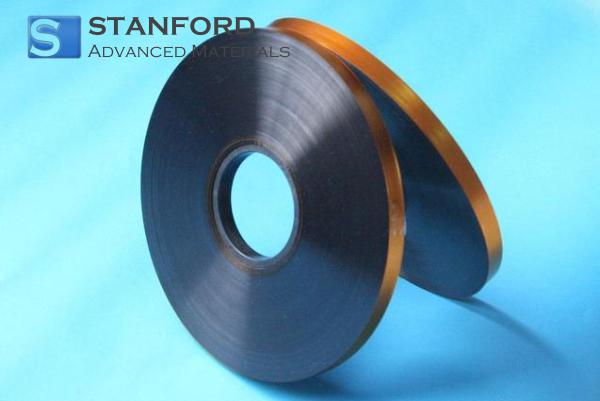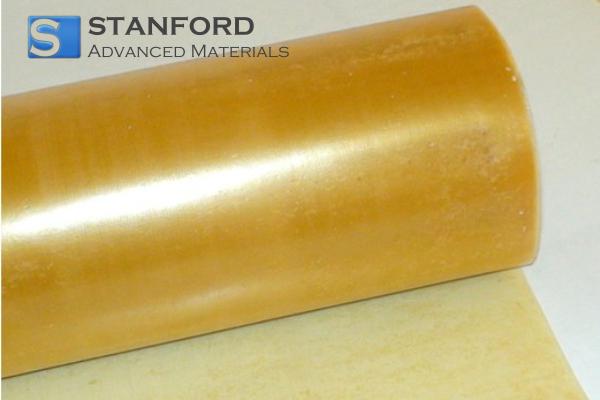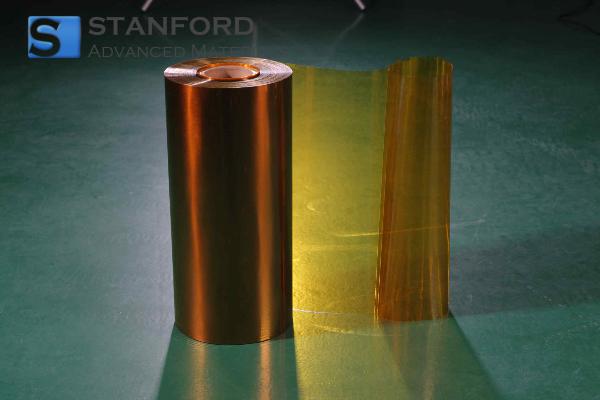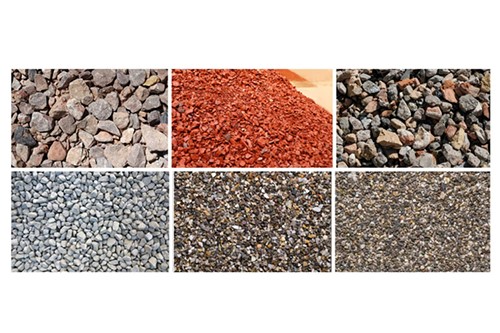ASTM E337 And Its Role In Measuring Humidity
Humidity is critical to the performance, stability, and safety of numerous products and environments. Whether it be the preservation of pharmaceuticals, the reliability of electronic components, or food quality during its processing stages, moisture control is paramount. This standard, ASTM E337, developed by ASTM International, lays the foundation that can be used to ensure that humidity is measured correctly and with consistency for various industries. By outlining a clear methodology, it helps an organisation generate reliable data that can lead to environmental controls, regulatory compliance, and quality assurance.
Understanding ASTM E337
ASTM E337 presents a unified approach to the measurement of humidity by psychrometric methods. The standard was developed to reduce variability that often exists when measurements are made with different instruments, or by using different measurement procedures without a common reference. By detailing the requirements for equipment, environmental conditions, and measurement procedures, ASTM E337 assures that humidity measurements are not only accurate but also reproducible under different operational conditions.
The impact of this standard goes beyond the laboratory doors. In quality control by manufacturers, in performance evaluation of buildings by environmental engineers, and to prevent moisture-related failures in process industries—reliable data for informed decisions is obtained in each case.
Why the Accuracy of Humidity Measurement Matters
Humidity has a real, quantifiable impact on product quality, equipment life, and personnel comfort. In pharmaceutical applications, too little or too much moisture can diminish the stability and potency of medications; in electronics manufacturing, even very small amounts of moisture can cause corrosion or failure of sensitive circuitry. Food processors must manage humidity levels to avoid spoilage and ensure freshness, while HVAC designers must have access to humidity information to design systems that can maintain healthy and comfortable interior environments.
ASTM E337 provides a consistent structure for the measurement that minimises uncertainty and lowers the risk of failure due to moisture. By following the standard, organisations are better equipped to control environmental variables and optimise performance in compliance with industry regulations.
How ASTM E337 Measures Humidity
This standard focuses on psychrometers that measure the difference between dry-bulb and wet-bulb temperatures for the determination of relative humidity. ASTM E337 details procedures for instrument calibration, environmental influence control, and data analysis.
Equipment should first of all be calibrated to avoid drifts or errors before any measurement. The conditions around the device must remain stable in such a way that external heat sources, drafts, or radiation do not affect the readings. Measurement is done in a certain sequence: temperature is recorded at regular intervals and humidity is calculated from psychrometric relationships. After this, a review is done for internal consistency and the assessment of environmental trends or compliance targets is performed.
By following these steps, the user can obtain humidity measurements with precision and reproducibility for which confidence exists in scientific, industrial, and regulatory applications.
Measurement Methods: Method A and Method B
The two basic methods of ventilating psychrometers according to ASTM E337 are aspirated and whirling. These different methods have their advantages, levels of accuracy, and applicable temperature ranges.
Method A—Psychrometer Ventilated by Aspiration
This method utilises an aspirated psychrometer that draws air across the thermometer bulbs by means of a continuous mechanical airflow. Since the ventilation rate is controlled rather than manually generated, Method A tends to provide higher accuracy. It also requires less space and minimises the danger of breakage, thus can be used in a laboratory or where valuable or electrical thermometers need to be used. Still another important advantage is the fact that the thermometers are easily shielded from external radiation, helping to increase the reliability of the measurement. Method A can be used in the ambient temperature range from 5 to 80°C, wet-bulb temperature no less than 1°C, and at ambient pressures near standard atmospheric pressure.
Method B—Psychrometer Ventilated by Whirling (Sling Psychrometer)
Method B relies on manual ventilation, usually performed by swinging a sling psychrometer through the air. It is simpler and highly portable, which makes it attractive for field measurements. Accuracy is generally somewhat lower than that obtained with the aspirated method due to the variability introduced in manual operation. Method B may be used over the range of temperatures from 5 to 50°C, provided the wet-bulb temperature is no lower than 1°C, and also must be employed at ambient pressures reasonably close to standard atmospheric pressure. While not as precise as Method A, this method continues in widespread use because of convenience and minimal equipment requirements.
Together, the two procedures provide ASTM E337 with the flexibility to address both high-accuracy laboratory applications and practical field measurements.
Applications of ASTM E337
The versatility of ASTM E337 manifests from the wide range of industries dependent on it. Pharmaceutical manufacturers use the standard to maintain appropriate conditions for the storage and formulation of drugs. Consistent humidity control is employed in electronics facilities to avoid the corrosion or short-circuiting of sensitive components. During food processing, proper moisture levels help preserve texture and extend shelf life. HVAC professionals employ the standard to assess building conditions and balanced indoor air quality. Even in the textile industry, fibres remain stable and workable through humidity control.
In each case, the rigorous methodology of ASTM E337 supports better environmental management and improved operational outcomes.
For more information, please visit Stanford Advanced Materials (SAM).
Frequently Asked Questions
What is the purpose of ASTM E337?
It provides a standardised method of measuring humidity so that accurate and reproducible results are achieved across industries.
What instruments are used in this method?
Calibrated hygrometers and psychrometers including aspirated and sling types are usually used.
Why is humidity control important in pharmaceuticals?
Its control is very precise, as it influences drug stability, potency, and shelf life.
Is ASTM E337 applicable to HVAC systems?
Yes, it is commonly applied to ensure indoor environments are optimised regarding air quality.
How does ASTM E337 ensure that the measurements obtained are reliable?
Through detailed procedures covering calibration, environmental controls, measurement steps, and data analysis.

 Bars
Bars
 Beads & Spheres
Beads & Spheres
 Bolts & Nuts
Bolts & Nuts
 Crucibles
Crucibles
 Discs
Discs
 Fibers & Fabrics
Fibers & Fabrics
 Films
Films
 Flake
Flake
 Foams
Foams
 Foil
Foil
 Granules
Granules
 Honeycombs
Honeycombs
 Ink
Ink
 Laminate
Laminate
 Lumps
Lumps
 Meshes
Meshes
 Metallised Film
Metallised Film
 Plate
Plate
 Powders
Powders
 Rod
Rod
 Sheets
Sheets
 Single Crystals
Single Crystals
 Sputtering Target
Sputtering Target
 Tubes
Tubes
 Washer
Washer
 Wires
Wires
 Converters & Calculators
Converters & Calculators
 Write for Us
Write for Us




 Chin Trento
Chin Trento



